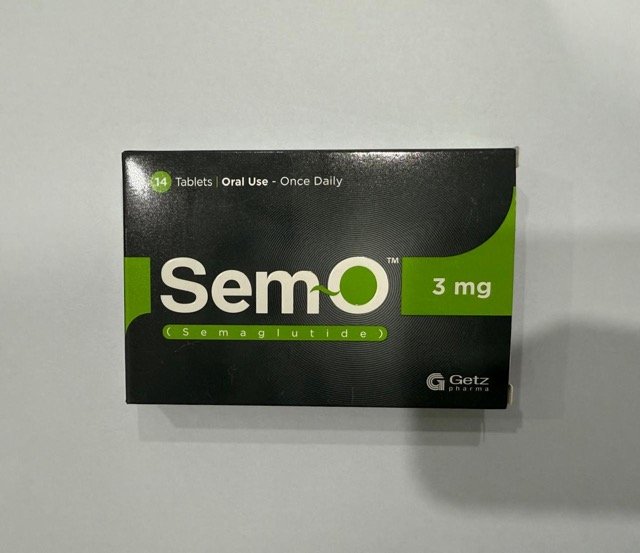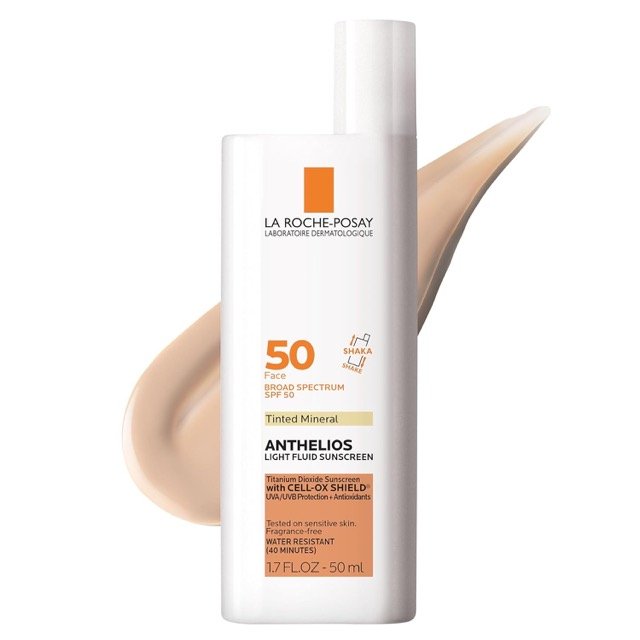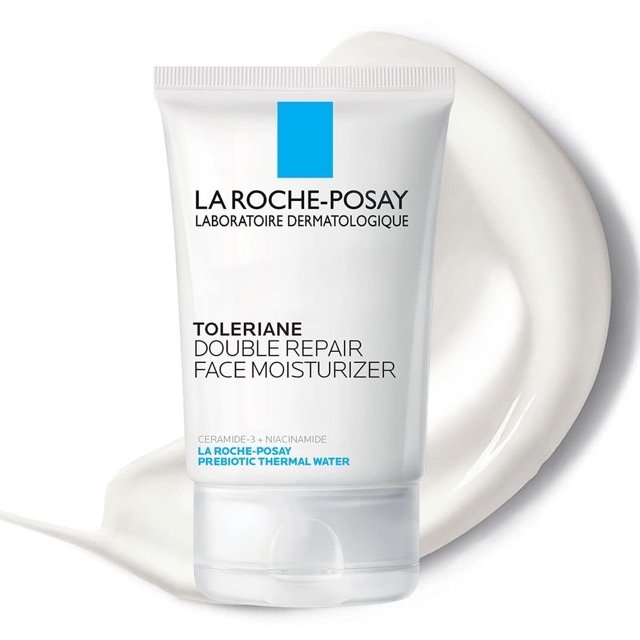Tolvaptan is an aquaretic drug. To understand its functions, we must first have a little knowledge of the aquaretic drugs and their mechanism of action. Tolvaptan belongs to the class of drugs called vaptans. Vaptans are vasopressin receptor inhibitors.
Where are vasopressin receptors located:
Vasopressin receptors are of three different types rather than two types V1 and V2. V1 receptors are further classified into V-1a and V-1b. 
The vascular smooth muscles have V-1a receptors, which do the following:
- Increase in the afterload
- Positive Inotropic effects may result in cardiac hypertrophy and cardiac remodelling.
- Vasoconstriction
There are V-1b receptors in the anterior pituitary.. Activation of these receptors may result in an increased secretion of:
- ACTH (Adrenocorticotrophic hormone)
- Beta endorphins
V-2 receptors are present in the renal medulla and are responsible for:
- Water retention
- Increased Preload
What are Vaptans?
Vaptans are drugs that act on the V-2 receptors in the renal medulla. The binding of these drugs to the V-2 receptors results in their inhibition. When V-2 receptors are inhibited, this causes an excess of water loss. In contrast to diuretic drugs that cause water and electrolytes loss, vaptans cause only water loss (electrolytes-free urine is passed). This is also called selective diuresis. Loss of free water induces thirst and elevates plasma sodium levels.
What are the different Vaptans?
Vaptans are available as oral and parenteral formulations. Oral formulations include:
- Tolvaptan
- Mozavaptan
- Satavaptan
- Lixivaptan
The Parenteral formulation available is Conivaptan.
What is tolvaptan used for?
Like other vaptans, tolvaptan is used to treat the following conditions:
- Euvolemic or hypervolemic hyponatremia.
- Autosomal polycystic kidney disease
Patients with autosomal polycystic kidney disease (ADPKD) who take tolvaptan:
Multiple kidney cysts, hypertension, hematuria, proteinuria, and a progressive loss in renal function are all symptoms of the hereditary disease ADPKD. It is usually diagnosed in routine screening, however, patients with a strong family history may present early in the course of illness for routine workup or for the workup of hypertension.
Treatment includes:
- Salt restriction to less than 2000 mg per day
- ACE inhibitors or angiotensin receptor blockers are used to actively lower blood pressure to a target of less than 110/75 mmHg.
- Increase fluid intake to more than 3000 ml per day unless the patient is at risk of hyponatremia (such as those taking diuretics) and those with a CrCl of less than 30 ml/min.
- It is indicated for patients who have a GFR of 25 ml/min or more and are at risk of a rapid decline in renal functions. These high-risk patients include patients with any one of the following:
-
- Mayo Classes 1C, 1D, and 1E (Mayo classes calculator)
- Patients who are 55 years old or younger and have an eGFR of less than 65 ml/min/1.73 m2
- Patients younger than 50 with kidneys that are longer than 16.5 cm
- A PROPKD score of at least 6
Two significant trials, TEMPO (Tolvaptan efficacy and safety in the therapy of autosomal dominant polycystic kidney disease and its outcome) and REPRISE, demonstrated the effectiveness of tolvaptan in delaying the course of kidney disease (Replicating Evidence of Preserved Renal Function: An investigation of Tolvaptan safety and efficacy in ADPKD).
For patients in the TEMPO trial, the use of tolvaptan compared to placebo resulted in:
- A gradual drop in GFR over time (-2.72 versus -3.70 mL/min/1.73 m2 per year) compared to placebo
- Patients using tolvaptan experience a modest pace of kidney hypertrophy ( (2.8 versus 5.5 percent, respectively)
- Additionally, there was a decrease in the rate of deteriorating kidney function after three years (hazard ratio [HR] 0.39, 95% CI 0.26-0.57).
- Pain reduction that is clinically significant (HR 0.64, 95% CI 0.47-0.89)
For patients in the REPRISE trial, the use of Tolvaptan after 12 months of therapy compared to placebo resulted in:
- GFR decreased with a slower pace (-2.34 vs. -3.61 mL/min/1.73 m2) than expected.
Tolvaptan use in patients with Hyponatremia:
Patients with euvolemic or hypervolemic hyponatremia are approved for treatment with vasopressin receptor inhibitors such tolvaptan. If the sodium levels do not rise despite free water restriction, tolvaptan may be prescribed to patients with SIADH (syndrome of inappropriate antidiuretic hormone release). Similar to this, tolvaptan may be recommended for cirrhotic and heart failure patients who do not respond to free water excretion. Patients with hyponatremia should not get tolvaptan for longer than 30 days.
The ambulatory patients in the SALT 1 and SALT 2 trials (Study of Ascending Levels of Tolvaptan in Hyponatremia) had hyponatremia brought on by SIADH, cirrhosis, and heart failure.
Tolvaptan significantly raised blood sodium levels at days 4 (134 to 135 mEq/L against 130 mEq/L) and 30 (136 mEq/L versus 131 mEq/L) compared to placebo.
Who should not be given Tolvaptan?
Patients acutely ill should not be treated with tolvaptan. Other patients who should not be prescribed tolvaptan include:
- Patients with an impaired thirst mechanism.
- Patients who have hypovolemic hyponatremia
- Patients with liver disease or those who develop hepatic dysfunction during treatment.
- Pregnant and lactating women.
And, Of course, the poor can not afford these drugs!
Price of tolvaptan per tablet in US:
Jynarque:
-
45 & 15 mg: $306.63
-
90 & 30 mg: $306.63
-
60 & 30 mg: $306.63
Samsca:
-
15 mg: $540.96
-
30 mg: $561.18



.jpeg)




